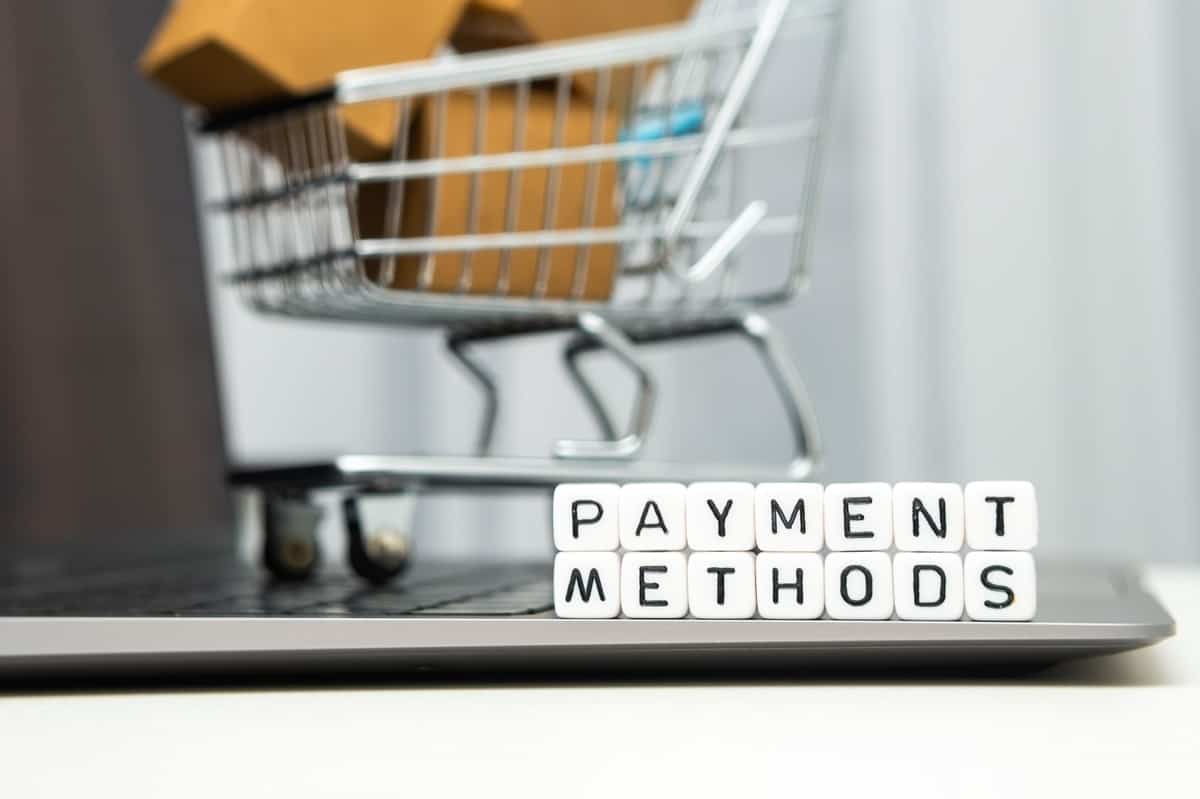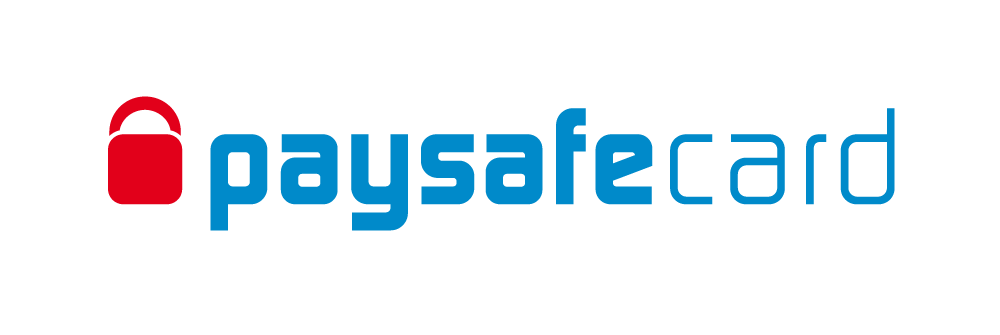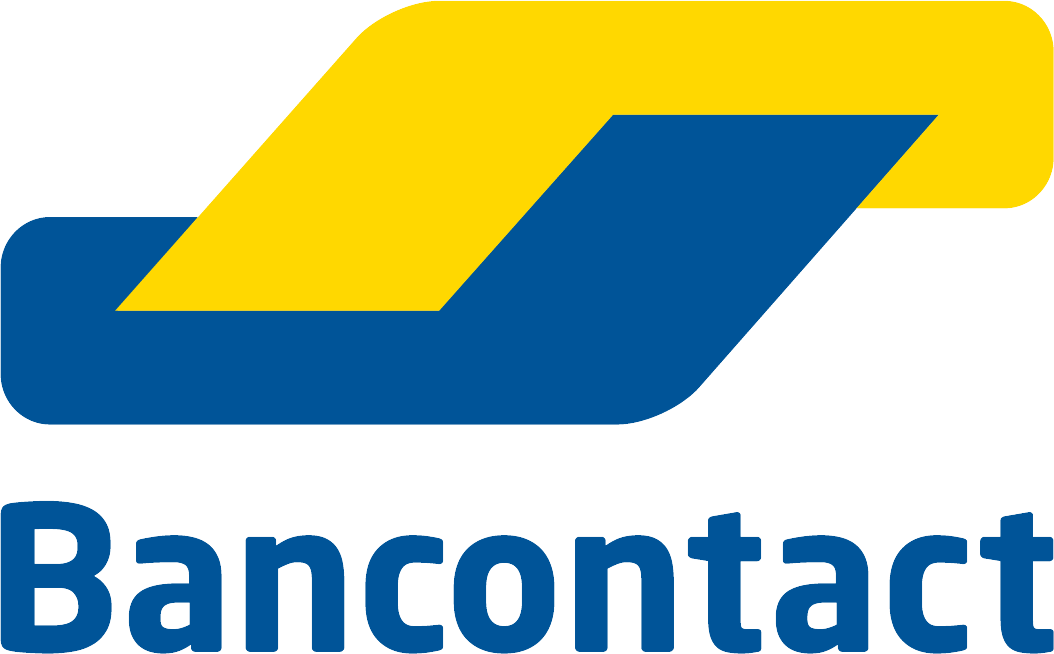
We help businesses accept payments online.
Japan has one of the world’s largest and fastest-growing eCommerce markets and ranks fifth globally. This vibrant landscape presents exciting business opportunities for foreign brands eager to expand.
Navigating this dynamic market requires a keen understanding of consumer preferences, industry trends, and payment methods.
This article will explore the key factors driving Japan’s eCommerce growth, highlight influential players, and explore merchants’ challenges. We will also explain how partnering with a payment service provider like KOMOJU can empower your business to seize these opportunities and thrive in this competitive market.
Understanding the Japanese Payments Market
Japan’s eCommerce market is the 5th largest in the world, with the demand for foreign brands increasing, and purchases from U.S. retailers reaching $3.1 billion.
Here are some key statistics reflecting the growth and potential of the market.
Key Statistics
Market Overview
Fueled by the pandemic, the use of mobile payments has increased, emphasizing the need for speed, convenience, and ease of use.
Innovations like QR codes and payment options such as BNPL (Buy Now Pay Later) have further expanded consumer choices for online shopping. Rakuten Group, Suica, PayPay, merPay, and Docomo are key players in this sector.
To assess these opportunities, let’s examine the consumer demographics that are driving this growth.
Consumer Demographics
In 2023, 93% of consumers aged 30 to 59 made online purchases, often towards higher-priced items. However, in the 20 to 29 age group, 76% of consumers made online purchases in the same year, indicating that the gap is closing and online shopping among the younger demographic is increasing.
To evaluate the Japanese eCommerce sector holistically, businesses must also navigate the challenges in this dynamic market.
Challenges & Opportunities
The evolving Japanese eCommerce market presents opportunities and challenges. Here are some of the trends that businesses can leverage and risks that they have to consider:
Opportunities
- Demand for global brands
- Shift towards a cashless society
- Growing mobile payment usage
- Innovative payment solutions (BNPL and QR Codes)
- Omnichannel shopping experience
Challenges
- Competition
- Adapting to changing consumer preferences
- Regulatory compliance
- Security concerns
To navigate these challenges and opportunities, businesses should be up-to-date with the latest payment trends in Japan in their strategy.
Benefits of Staying Updated With the Latest Japanese eCommerce Payments Trends
Simply identifying trends is not enough—businesses must quickly adopt new payment systems, meet customer demands, and seize emerging opportunities.
Staying up-to-date allows businesses to optimize their products and services, and stay relevant continuously. It also impacts how businesses engage with consumers and recognize their diverse shopping preferences.
Expanded Market Reach
Understanding preferences across demographics is crucial for businesses to tailor marketing efforts effectively.
In Japan, the younger demographics (between the ages of 20 and 39) have high expectations and play a key role in shaping and transforming the eCommerce industry as their purchasing power and influence continue to grow. By understanding shopping and payment trends, businesses can effectively engage this tech-savvy demographic by focusing on:
1.) Leveraging Mobile Platforms:
As over 50% of eCommerce transactions are conducted on mobile devices, it is essential for businesses targeting this age group to leverage mobile apps and platforms.
2.) Providing Alternative Payment Options:
Younger consumers prefer payment methods like cash on delivery, Konbini (convenience stores) payments, and digital wallets. Providing alternative payment methods helps businesses reach consumers who might not use traditional payment methods.
While expanding their market reach, focusing on conversion rates is also important as they directly reflect customer engagement and purchasing decisions.
Higher Conversion Rates

Understanding consumer behavior is important for businesses to enhance their marketing efforts and website design. Two key metrics to monitor are conversion and cart abandonment rates, which can provide insight into customer engagement and purchasing decisions.
In Q1 2024, Japan’s conversion rate stood at 1.2%, well below the global industry average of 2.5-3%. Meanwhile, the cart abandonment rate in Japan reached 83%, compared to the global average of 69.57%.
One primary reason for such low conversion rates is limited payment method options, among other factors like unexpected fees, a long checkout process, and trust/technical issues.
By providing payment methods outside of credit cards, like PayPay,retailers can cater to diverse customer preferences and offer convenience.
Improved Customer Trust
Staying updated on eCommerce trends helps businesses connect with customers. By knowing what customers value, businesses can respond proactively, building trust and credibility.
Offering Secure and Diverse Payment Options with Transparency
Offering diverse payment options builds trust by allowing customers to choose their preferred methods.
Displaying shipping, taxes, and other fees clearly removes the surprise of unexpected costs. Additionally, secure payment gateways and visible security badges provide further reassurance about safety and credibility.
Active Engagement on Social Media
Understanding eCommerce trends helps brands engage effectively with customers on social media. Regularly posting relevant content and promptly responding to inquiries fosters community, approachability, trust, and authenticity.
In addition to trust, providing an optimized user experience is crucial in today’s competitive online market.
Optimized User Experience
Understanding eCommerce payment trends allows businesses to adapt quickly to evolving consumer preferences, especially mobile payment trends, which shift rapidly.
Offering diverse payment options like Konbini, PayPay, or digital wallets reflects current consumer behavior and helps improve the user experience. Customers expect fast and varied payment options, which can also boost satisfaction.
With a solid understanding of user experience, businesses can further enhance their outreach through effective marketing strategies that resonate with consumers.
Key Emerging eCommerce Payment Trends in Japan
A variety of other payment options are emerging. At 65%, credit cards continue to dominate digital payments, but new technologies are gaining traction, reshaping the landscape of Japan’s eCommerce market.
This shift highlights the decline in cash payments, which has significant implications for both consumers and businesses.
Decline of Cash Payments
The Japanese government is actively promoting cashless payments, aiming for an increase from the current 18% to 40%. Businesses are encouraged to implement API (Application Programming Interfaces) to enhance security and convenience, fostering digital transformation in financial services.
With efforts to make Japan cashless, alternative payment methods such as QR code payments are emerging and significantly impacting consumer behavior.
QR Code Payments Growing Rapidly

Mobile payments are driving rapid growth in eCommerce, resulting in billions of dollars in transactions. QR code-based payments, favored for their convenience, are particularly popular among younger, tech-savvy consumers. These systems rely on two key technologies:
- Quick Response (QR) codes
- Near-field communication (NFC)
During the pandemic, QR codes became popular in Japan due to their contactless nature. They are now integrated into many payment platforms. Key payment services in Japan that use QR codes are :
- PayPay, lets users store money from their bank account in their PayPay wallet
- MerPay powered by Mericari, allows users to spend proceeds from their C2C sales
- Rakuten Pay rewards users with Rakuten points for purchases
- auPAY is a digital wallet connected to the “auPAY” app.
- dPayment is a digital payment solution developed by NTT Docomo
- Bitcash a prepaid electronic money system
Widely accepted in Japan by both consumers and merchants, these payment systems are praised for their convenience and ease of use. Their rewards programs have also enhanced customer loyalty, contributing to the growth of the e-commerce payments industry.
In addition to QR code payments, ID payments also play a crucial role in reshaping Japan’s payment landscape.
ID Payments
ID complete transactions operate through unique identifiers like phone numbers, email addresses, and account IDs.
Personal information and transactions are secured through encryption and can be completed effortlessly through mobile apps and digital wallets. Some of the key services in Japan utilizing ID payments include:
- Yahoo! Wallet
- PayPay
- Merpay
- Rakuten Pay
- d Payment
By streamlining transactions and safeguarding data, ID payments have become essential for personal and business use, reflecting Japan’s shift toward seamless digital financial solutions.
While these payment methods evolve, the types of products consumers purchase online also reflect changing consumer preferences and behaviors in Japan.
Increased Usage of Mobile Devices
The shift towards mobile platforms is rapidly transforming consumer behavior and payment habits in Japan. Over 90% of Japan’s population owns smartphones, up from 67.6% in 2019. Notably, even 70% of people in their 60’s and 70’s are smartphone users, indicating a broadening demographic engaging with mobile technology.
Key Trends that have emerged include:
Increased Usage & Engagement
The average smartphone usage in Japan is 20 hours per week (up from 7 in 2019). Key activities include internet searches, social media, and video consumption. 30% of users interact with more than seven apps daily, indicating an engaged mobile audience.
Video Streaming Trends
Platforms such as YouTube, TVer, and TikTok are at the forefront of this surge, capturing substantial attention. Meanwhile, subscription services like Amazon Prime and Netflix continue to dominate the streaming market, further embedding digital consumption in daily life.
Social Media Influence
Social media platforms serve as significant channels for brand engagement and shopping. Instagram and Twitter have evolved into vital marketing tools for businesses, allowing for targeted advertising and direct consumer interaction.
The rise of social commerce, where products are purchased directly through social media platforms, exemplifies this trend, allowing businesses to leverage their online presence for sales.
Utility and Government Apps
Apps like Mynaportal and Mynapoint streamline official tasks, increasing users’ familiarity with mobile transactions.
Growth of Shopping Apps
Global shopping platforms like SHEIN and Temu have also been becoming popular in Japan, which reflects a shift to value-driven shopping. Local eCommerce apps like Rakuten and Mercari, are also popular for their loyalty programs and second-hand goods.
Businesses that adapt to these trends will be better positioned to meet consumer expectations, enhance users’ experiences, and drive growth within the mobile-focused market. Emphasizing mobile optimization, video content, and flexible payment solutions will be crucial in capturing the attention and loyalty of today’s consumers.
As mobile device usage continues to rise, innovative payment solutions like Buy Now Pay Later (BNPL) are gaining traction among consumers.
BNPL Usage Rising
Buy Now Pay Later (BNPL) is a popular payment option, with Paidy leading the market. This service offers consumers flexible payment options—either in installments or a lump sum—without requiring a credit card or interest.
BNPL appeals to younger shoppers and those seeking credit alternatives, helping merchants reduce cart abandonment and boost sales.
As BNPL services gain traction, payment options evolve, reflecting a broader trend toward digital transactions in Japan.
Credit & Debit Card
Although cash remains prevalent and is preferred by many local businesses in Japan, digital transactions are increasing. In 2023, 39.3% of payments were cashless (126.7 trillion yen), a steady increase over the last 13 years as the government aims to transition Japan into a cashless society.
The vast majority of payments were via credit card, with QR codes, electronic money, and debit cards.
The increase in tourists has further accelerated the acceptance of cashless payments. Retailers are adapting to evolving technology to provide customers with convenient and seamless payment options.
As digital transactions rise, particularly through credit cards and other cashless methods, the evolution of loyalty programs and point systems reflects a broader shift in consumer payment preferences.
The Growing Point System
Loyalty programs and point cards have always been a part of Japan’s payment sector. Even before digital payments, businesses rewarded loyal customers by giving them points for each purchase, which could be redeemed for discounts and prizes.
The system to manage and track loyalty points has evolved from cards with stamps to plastic cards and now through digital apps.
Popular points systems in Japan are Rakuten and T-points, which provide a point for every yen spent. Customers can easily sign up for points programs through their phone, and when they make payments, the points are automatically added to their accounts. This integration makes it easier and more convenient for customers to participate in the points programs.
Building on the foundation of loyalty programs, the Japanese gift market is also experiencing significant growth, reflecting a broader trend toward digital incentives.
Gift Cards in Japan
The Japanese gift market, expected to grow 7.6% annually to $23.0 billion by 2024, reflects shifts in consumer preferences and payment trends. Rising demand for digital gift cards highlights the role of cashless transactions, mobile wallets, and BNPL options.
Key categories—food & beverage, apparel, and electronics—appeal to both retail and corporate buyers. eCommerce platforms leverage demographic data to align payment options with customer preferences.
Gift cards exemplify how Japan’s eCommerce integrates new payment methods to meet evolving demands. To stay competitive, businesses must offer seamless digital payments across online and offline channels.
How Komoju Can Help Your eCommerce Store Stay Relevant
As Japan’s eCommerce payments sector evolves, leveraging local payment gateways like KOMOJU is crucial for maintaining a competitive edge. Developed by merchants for merchants, KOMOJU is uniquely equipped to navigate the local payment landscape.
Key Benefits of KOMOJU
- Offering a range of Payment Options: Align with customer preferences to reduce cart abandonment and encourage repeat purchases.
- Seamless Global Integration: Easily integrates with platforms like Shopify, Wix, WooCommerce, and Magento, supporting multiple currencies across regions.
- Robust Security Measures: Compliance with PCI-DSS standards and built-in fraud protection ensure secure transactions.
- Growth-Focused Automation: Simplifies processes and enhances operational efficiency, allowing for easy scaling.
Why Choose KOMOJU?
KOMOJU aligns payment solutions with local preferences while maximizing global opportunities. By simplifying payment structures and ensuring security, it allows you to focus on delivering exceptional customer experiences through your business.
Ready to Elevate Your ECommerce Store?
Explore how KOMOJU can transform your payment processes. Sign up today to offer your customers secure and convenient payment options!
Summary
Japan’s eCommerce market is booming, offering significant opportunities for businesses to expand. Understanding trends such as the increasing demand for foreign brands and the shift towards a cashless society is essential for success.
Awareness of mobile payment options, key players like Rakuten and PayPay, and innovations such as QR codes and Buy Now Pay Later (BNPL) can enhance the shopping experience and attract customers.
However, businesses must navigate challenges like intense competition and regulatory compliance. Partnering with payment gateways like KOMOJU can empower brands to succeed in this dynamic landscape.
FAQs
In Japan’s eCommerce market, the most popular payment methods include:
- Credit Cards: These are commonly accepted by major brands like Visa and Mastercard.
- Convenience Store Payments (Konbini): Allows payment at local convenience stores, popular for those without credit cards.
- Mobile Payments: Services like PayPay, and Rakuten Pay are growing in use for quick smartphone transactions.
- Bank Transfers: Still favored for larger purchases.
- Buy Now Pay Later (BNPL): Increasingly popular, enabling installment payments.
Offering various payment methods boosts conversion rates by:
- Increasing Convenience: Consumers are more likely to complete purchases when they find preferred payment options.
- Wider Audience Reach: Different demographics favor specific methods, attracting a broader customer base.
- Reducing Abandonment Rates: Familiar payment options decrease shopping cart abandonment.
- Enhancing Customer Trust: Offering local payment methods boosts credibility and reassures customers.
Key challenges include:
- Regulatory Compliance: Navigating complex payment processing regulations.
- Cultural Differences: Tailoring offerings to local consumer preferences.
- Technological Integration: Smoothly integrating payment methods into eCommerce platforms.
- Security Concerns: Investing in robust security measures to protect payment information.
- Competition: Established players make it challenging for newcomers to gain market share.

We help businesses accept payments online.



















